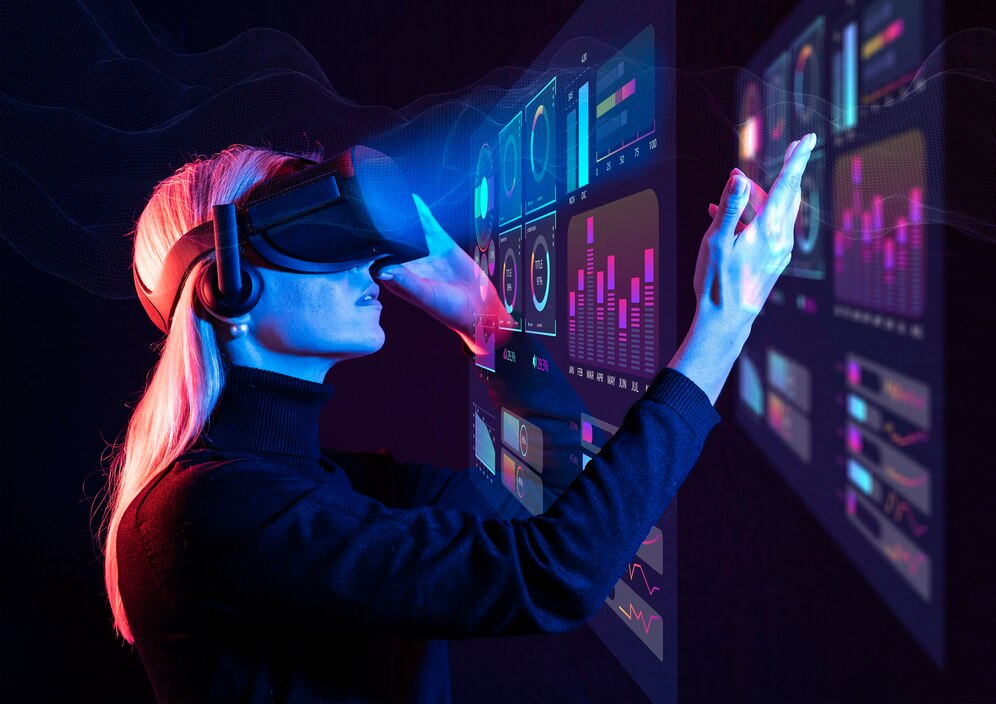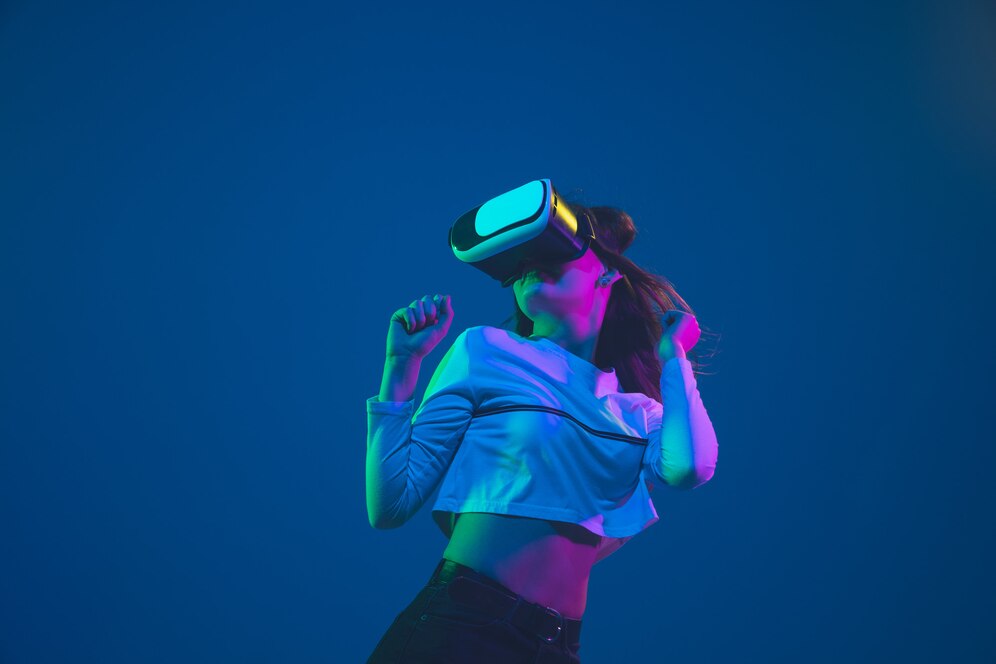Virtual Reality (VR) technology has emerged as a transformative force with the potential to revolutionize diverse fields, ranging from entertainment and education to healthcare and industry. This article explores the myriad advantages of VR technology, elucidating its ability to immerse users in simulated environments, enhance learning outcomes, facilitate remote collaboration, and empower industries with innovative solutions. By harnessing the power of VR, organizations can unlock new opportunities for engagement, training, visualization, and problem-solving, paving the way for a future where virtual experiences blur the boundaries between the physical and digital worlds.
Virtual Reality (VR) technology represents a paradigm shift in human-computer interaction, enabling users to immerse themselves in digitally simulated environments with a sense of presence and agency. Beyond entertainment applications, VR holds immense potential across various domains, offering advantages that extend to education, healthcare, training, design, and beyond. This article delves into the multifaceted advantages of VR technology, highlighting its transformative impact on user experiences, learning outcomes, collaboration, and innovation.
The most important advantages of virtual reality technology are the following:
Immersive Experiences:
One of the most compelling advantages of VR technology is its ability to deliver immersive experiences that transport users to virtual environments with unprecedented realism and interactivity. By leveraging head-mounted displays (HMDs), motion tracking systems, and spatial audio technologies, VR creates a sense of presence and embodiment, enabling users to interact with digital content in three-dimensional space. Whether exploring distant landscapes, simulating historical events, or engaging in virtual tourism, VR offers a level of immersion that transcends traditional media, fostering deeper emotional connections and memorable experiences.Enhanced Learning and Training:
In the realm of education and training, VR technology offers a powerful tool for experiential learning and skill development. Immersive simulations enable learners to practice complex tasks, such as surgical procedures, without risk to patients or expensive equipment. Additionally, VR-based training scenarios can be tailored to individual learning styles and proficiency levels, offering personalized feedback and adaptive learning pathways. From classroom instruction to professional development, VR enhances engagement, retention, and transfer of knowledge, paving the way for more effective and efficient learning experiences.Remote Collaboration and Communication:
VR technology bridges geographical distances and enables seamless collaboration among distributed teams through virtual meetings, co-working spaces, and collaborative design environments. By embodying avatars and sharing virtual spaces, users can engage in real-time interactions, brainstorming sessions, and design reviews as if they were physically present. This virtual proximity fosters creativity, communication, and teamwork, overcoming barriers imposed by physical distance and time zones. Moreover, VR facilitates cross-disciplinary collaboration by enabling experts from different domains to collaborate on complex projects and share insights in a shared virtual space.Visualization and Design:
In architecture, engineering, and design fields, VR technology revolutionizes the way professionals conceptualize, visualize, and iterate on design concepts. Immersive design tools enable architects to explore building designs at human scale, visualize spatial relationships, and assess environmental factors such as lighting and acoustics. Similarly, engineers can simulate product prototypes, conduct virtual testing, and identify design flaws before physical manufacturing. By streamlining the design iteration process and fostering interdisciplinary collaboration, VR accelerates innovation and enhances design outcomes across various industries.


The advantages of Virtual Reality (VR) technology extend far beyond entertainment, encompassing domains such as education, healthcare, collaboration, and design. By immersing users in virtual environments, VR enhances learning outcomes, facilitates remote collaboration, and empowers industries with innovative solutions. As VR technology continues to evolve and become more accessible, organizations across sectors are poised to leverage its transformative potential to drive engagement, training, visualization, and problem-solving. By embracing VR as a tool for innovation and human-centered design, we can unlock new opportunities for creativity, exploration, and discovery, shaping a future where virtual experiences enrich our lives in profound ways.


